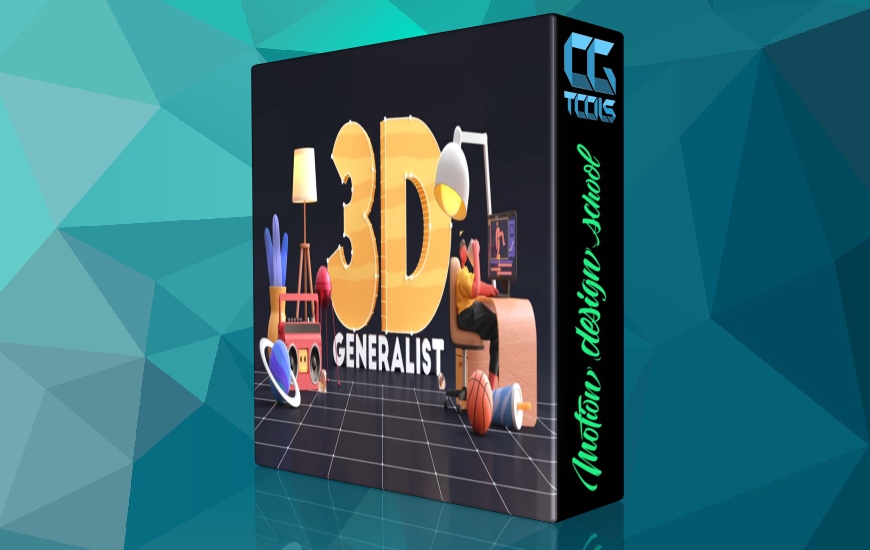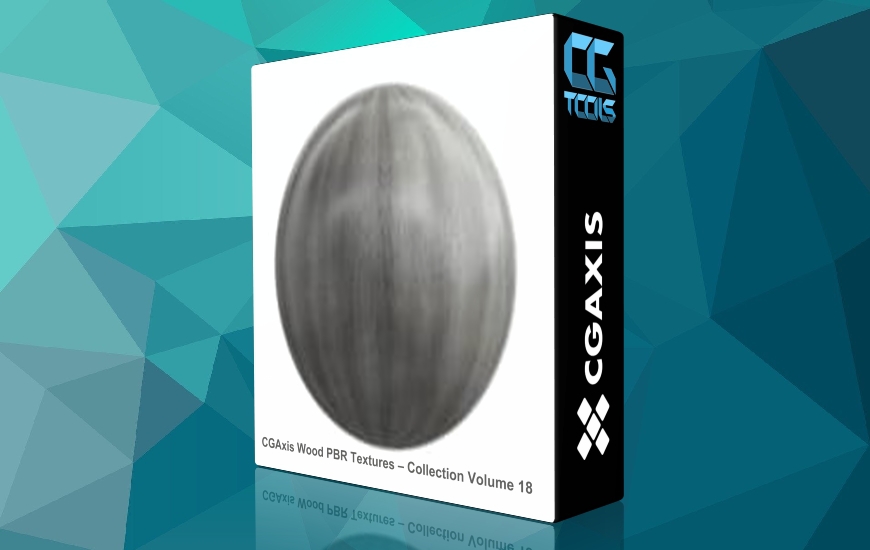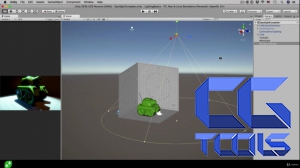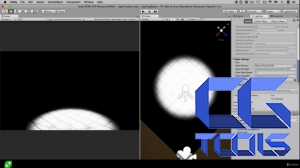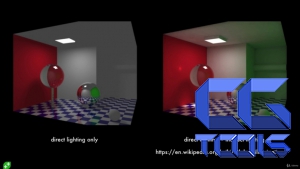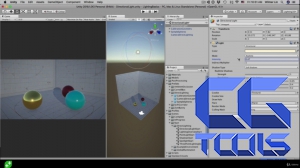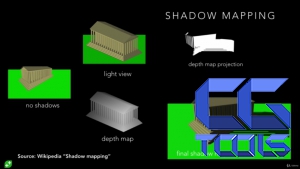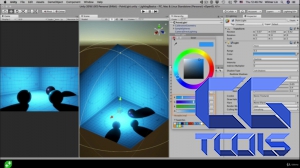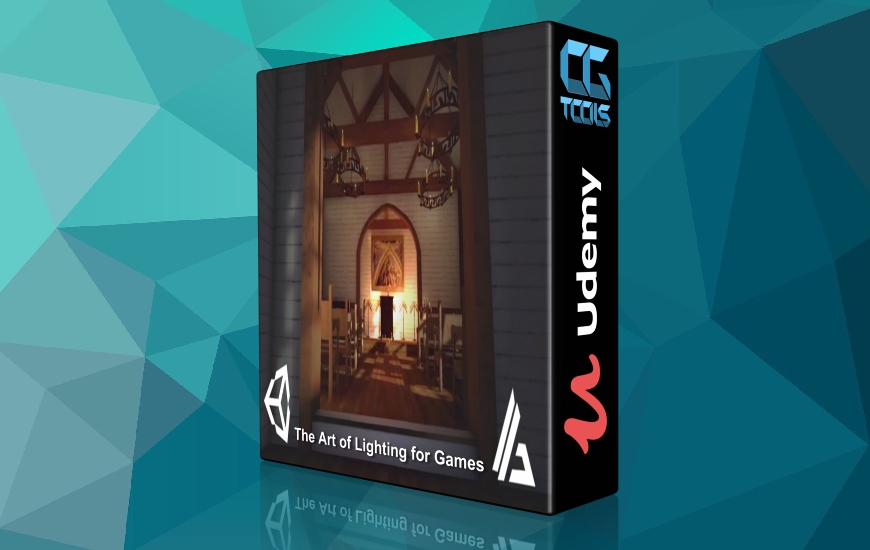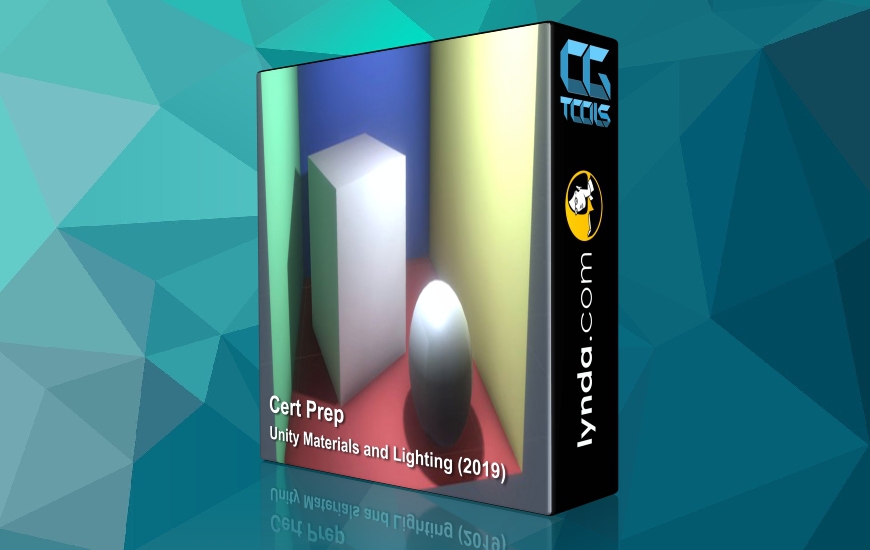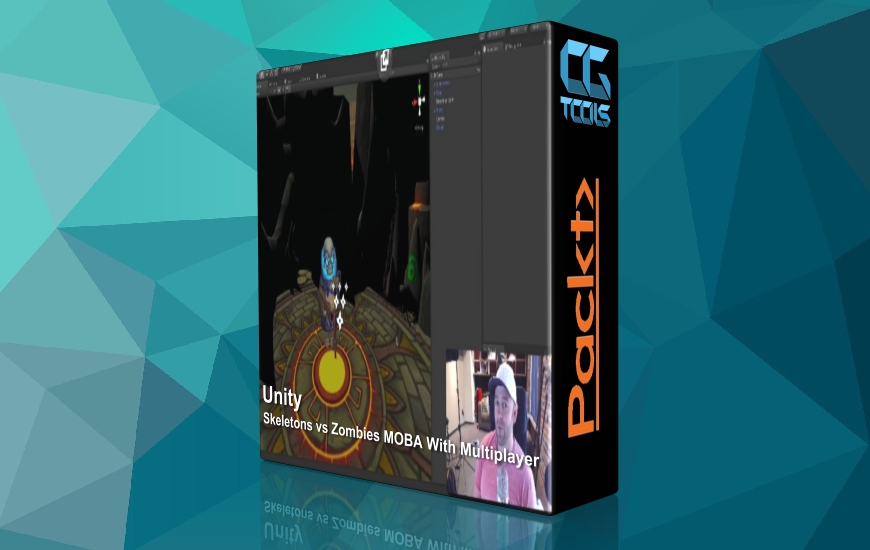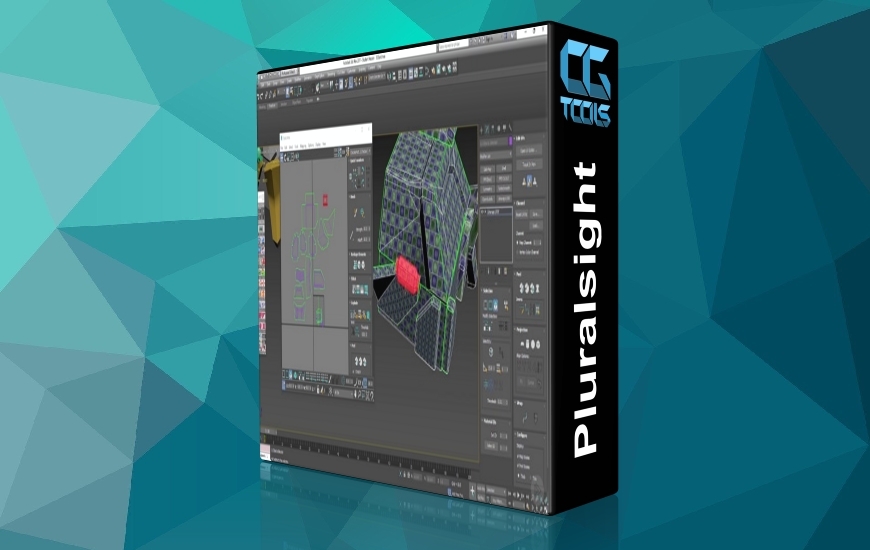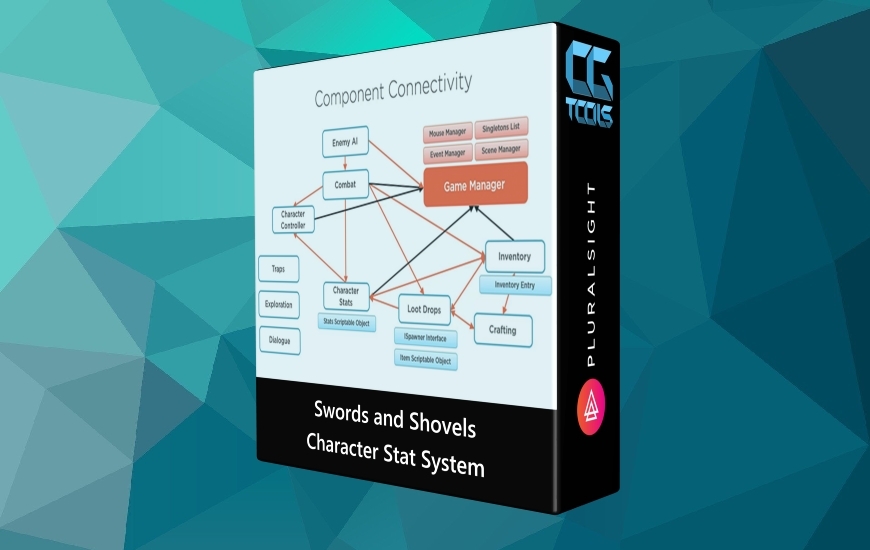![آموزش تکنیک های هنر نورپردازی برای توسعه بازی در یونیتی ( 2018 )]()
در این دوره مدرس به آموزش همه مواردی از نظر رنگ ، سایه ها و موادی که نور را منتشر می کنند برای نحوه نورپردازی داخل بازی در برنامه Unity به بحث می پردازد. به طور خاص، این دوره از طریق تنظیم نور پایه مانند نور یک نقطه شروع می شود و به تنظیمات پیچیده نور افزوده می شود. در میان چیزهای دیگر، این دوره شامل موارد زیر است: روشنایی مستقیم از جمله چراغ های باریک ، چراغ نقطه ای و نور افکن . نظریه جهانی نور و اصول نور ، مواد انعکاسی و نحوه استفاده از آنها برای ساخت موارد خاص در صحنه ، تنظیمات نورپردازی سه و چهار نقطه - نحوه ایجاد آنها ، نحوه تغییر آنها و نحوه استفاده از آنها برای جلوه های مختلف می باشد.
مشاهده توضیحاتــ انگلیسی
This is a brand new course, updates will come as I relize they come out, if you notice them, pm me.
Learn AAA cinematic tech art techniques in the Unity game engine, using direct & global lighting, composition & more
Making your Unity games look amazing is easier than you think. You don’t need to be great at programming and don’t need incredible 3D art skills.
Creating immersive games starts with understanding the secrets of lighting and being able to squeeze maximum value from your technical art pipeline.
This course assumes that you’re a little bit familiar with Unity but doesn’t require you to have any programming or art experience. We will take you through Unity’s lighting toolset and discuss everything from colour theory to shadows to materials that emit light.
More specifically, the course will start off with basic light set ups such as a single point light and build up to complex lighting setups. Among other things, the course covers:
Direct realtime lighting including directional lights, point lights and spotlights.
Global illumination theory and principles, both realtime and baked (pre-rendered).
Emissive materials and how they can be used to make specific items in your scene stand out.
Three- and four-point lighting set ups – how to create them, how to vary them and how to use them for different effects in your games.
The course is jam-packed with different example scenes and lighting setups. We follow a project-and-challenge approach which means you don’t just sit there and watch us, you follow along and flex your own creative muscles to create interesting game moments. We all learn best by doing (rather than just watching)!





